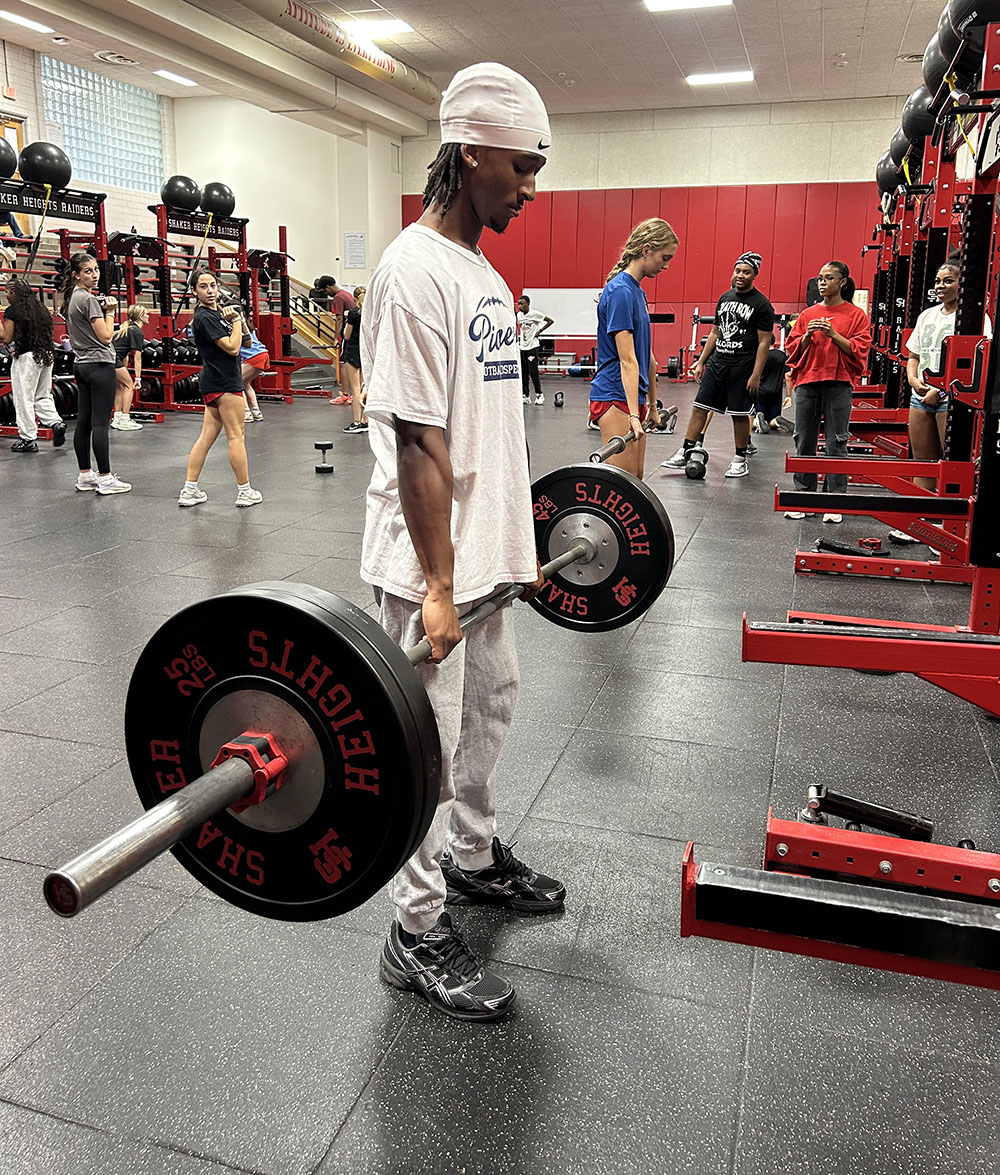“There has to be a tired Guinea pig somewhere in this school,” stated Drew Puskar. “The computers are ancient.”
In Room 108, a quiet computer lab down the hall from the security office, about two-dozen chunky Dell monitors sit on wheezy processors. Affixed to the wall is an older TV, which is bulky as the PCs, but instead of a clunky keyboard underneath it, there is a worn-down VCR player. Dial-up cords tangle beneath the dinosaurs’ tables, providing Internet to the outdated computers. The computers freeze constantly, and most sites that the average teenager frequently visits are blocked. Facebook, Twitter, and even YouTube have all been censored.
But let’s shift from a classroom to a post office. The U.S. Postal Service is predicted to downsize in 2012 due to massive debt precipitated by new technology. In a world where we communicate through texts, emails, and Facebook, the post office may be nearing extinction.
What does the death of the postal service have to do with obsolete computers? The USPS is the first government-funded institution to be violently affected by the most recent technological boom. And if our education system fails to adapt, it will die like the post office. It’s natural selection.
Shaker has half-heartedly adapted. Shaker seems to embrace the new technology by purchasing dozens of Smart Boards, offering computer-based courses such as music composition, and keeping students up to date on grades via Progressbook.
But these are small strides, and it seems that we are behind other schools. “Basically, I feel as though technology is one topic area that I feel Shaker lacks,” stated sophomore Shaunak Roy. Although Shaker drops thousands of dollars on new technology, district policies contradict those of a school that genuinely wishes to embrace new technology.
Most students can understand why the school censors sites such as Facebook or Twitter, and the district doesn’t acknowledge that sites such as YouTube can be used as an educational tool. There are Khan Academy demonstrations, videos on cellular respiration or and scenes from “Romeo and Juliet.” Videos can strongly supplement the Shaker curriculum. (I would know. YouTube is the reason I passed freshman science).
One technological accessory the school district provides is a centralized email server for teachers. Why not extend this to students? It wouldn’t cost much to make the addition, and it’s something that could help students access their documents at home and school.
The use of phones is still frowned upon by high school security guards. If you are seen with your phone or iPod out in the hall (or even during lunch) you may have your property confiscated with little or no explanation. Shaker students who own smart phones can surf the web faster than the school computers can. Why not take advantage of kids’ hand-held technology? Research, calculations, and now, even some textbooks are accessible from iPads, which could dramatically reduce textbook costs.
While this technological problem seems to result from not adapting for a few decades, it is about 130 years late. Our education system was originally designed like Industrial Revolution-era factories; the schedules are run by bells, and the classrooms designed in the likeness of assembly lines are not too different from the systems employed at the turn of the century. It won’t be easy, but the transition from the Industrial Revolution-era schooling to this generation’s education system can happen.
Let’s hope that two decades from now we will have improved our technological standard; if not, postal carriers won’t be the only ones in the unemployment line.



